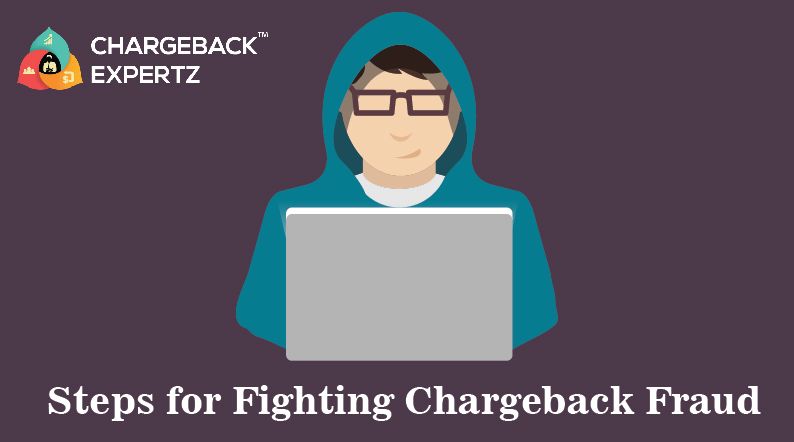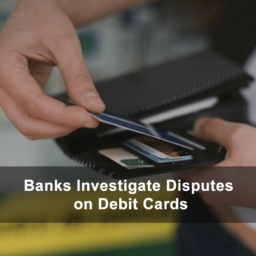
Fighting Fraud:
Small-scale merchants processing credit cards and getting fraudulent Chargeback are an ongoing issue, which can have dire consequences for your business. Though they are hard to detect, there are ways to fight them back. It can be considered as a persistent problem.
Fraudulent chargebacks include identity theft and they are known as “friendly frauds”, in which a customer deceptively says a product or service was never ordered or was not delivered. Friendly fraud accounts for 18% of all fraud cases. Chargeback counts if crosses the threshold could prompt your acquiring bank to terminate your merchant account. That could make it impossible to get you a new merchant account.
![]()
Email us anytime!
Email customer service 24/7
![]()
Call us anytime!
Reach customer care 24/7 at +1 (888) 901-8653
However, there are some ways to fight the chargebacks and frauds, by preventing them.
Know your risk
Ecommerce merchants are particularly at the risk of fraud because they are not able to see the credit card being used or check a customers’ identification or take a signature. So, it can be easier for fraudsters to use stolen credentials to order the goods online. Also because the product(s) is often shipped without a signature for delivery, it is easier for friendly fraudsters to claim that the product was never received.
Stay alert for unusual activity
You should monitor transactions for unusual activities, such as orders for high volumes of products or for any expensive items of the same type. Review the location of the transaction. If the billing address is in New York and the customer is shipping to a place in Texas, you can further verify the transaction by contacting the customer.
Examine notification codes
When you receive a chargeback, it will have a reason code. Each code, which varies by card network will indicate the reason for the chargeback, as a fraud, card not present environment. Once you have a code, investigate the transaction to spot irregularities.
Review non-fraud chargebacks and declines
High decline rates may signal a problem with attempted fraud. But some codes might indicate that the customers don’t recognize their transactions. If one sees those codes regularly, it means you need to work with your credit card processing company to clarify the descriptor that appears on customers’ credit card statements. It is also a good idea to include a telephone number on the descriptor, if possible, so customers can easily contact you if they have questions about the charges.
Create your case
When a chargeback gets filed, the bank asks for all the records that may verify that the order is real. Make sure to provide those in a timely manner. Compilation of documents is very essential in getting all the proper details for representment. Gather as much data as possible to present your best case.
Work with your processor
Processors have additional resources to help you combat fraud, such as suggestions for enhancing security and advice on how to verify the transactions. They even have teams to help in representment or ways to avoid chargebacks.
Understand their services, as spotting a chargeback is tricky, but by knowledge of resources you can stave off the losses.
For more information, contact: app@chargebackexpertz.com or visit
Chargeback Management and Representment | Chargebackexpertz.com




